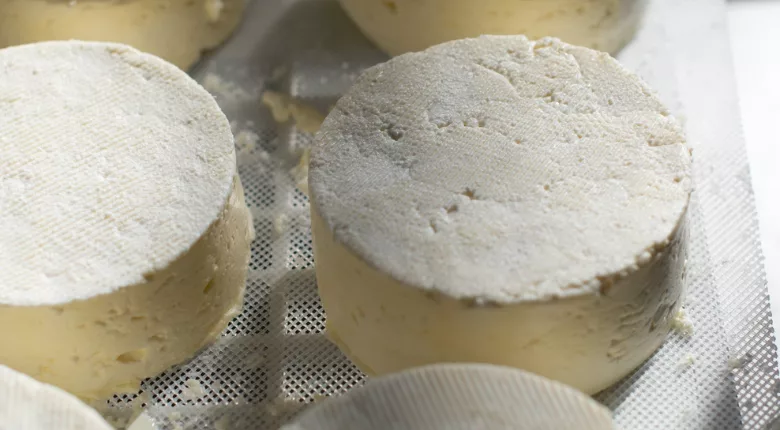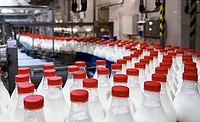Study Examines Inactivation of Listeria by Hydrogen Peroxide in Commercial Cheese Brines

Image credit: Zoe Schaeffer via Unsplash
A recent study evaluated the effect of brine pH, salt level, storage temperature, and use of hydrogen peroxide to kill Listeria monocytogenes and Staphylococcus aureus, salt-tolerant pathogens known to contaminate cheese brine. Commercial cheese brines are used repeatedly over extended periods, potentially for years, and can be a reservoir for salt-tolerant pathogens.
First, the researchers prepared four fresh cheese brines with 10 percent or 20 percent salt and 4.6 pH or 5.4 pH. The brines were inoculated with L. monocytogenes, treated with hydrogen peroxide at 0, 50, and 100 parts per million (ppm), and stored at 10 °C and 15.6 °C.
The researchers conducted a second experiment in which seven used commercial brines representing five cheese types (ranging 15–30 percent sodium chloride with 4.5–5.5 pH) were inoculated with L. monocytogenes or S. aureus, treated with hydrogen peroxide, and stored at 12.8 °C (both L. monocytogenes and S. aureus), as well as 7.2 °C and 0 °C (L. monocytogenes only).
Each treatment was assayed on Days 0, 1, and 7 for microbial populations and residual hydrogen peroxide. The researchers found that pathogen populations decreased by less than or equal to 1-log in cheese brines with no hydrogen peroxide stored for 7 days, regardless of the storage temperature. In fresh brine treated with 50 or 100 ppm of hydrogen peroxide, populations of L. monocytogenes were reduced to less than the detectable limit by 7 days at 10 °C and 15.6 °C, a greater than 4-log reduction.
For unfiltered used brines, hydrogen peroxide had no effect on L. monocytogenes populations in the brine with 5.4 pH and 15 percent sodium chloride due to a rapid inactivation of hydrogen peroxide, likely by indigenous yeasts present at approximately 3-log colony forming units per milliliter (CFU/ml).
For the remaining brines, the addition of 100 ppm hydrogen peroxide killed greater than 4-log L. monocytogenes when stored at 7.2 °C or 12.8 °C for one week, but only 3–4-log reduction when stored at 0 °C. The addition of 50 ppm of hydrogen peroxide had similar lethal effects at 12.8° C, but was less effective at 7.2 °C or 0 °C. Inactivation rates of S. aureus were similar to that of L. monocytogenes.
Overall, the study confirmed that high salt, warmer temperature, and 100 ppm of hydrogen peroxide accelerates the inactivation of L. monocytogenes in cheese brines. The findings also suggest that the presence of catalase-positive indigenous microorganisms may neutralize the effect of hydrogen peroxide.
The researchers emphasize that it is important to validate each individual brine matrix to ensure that hydrogen peroxide works as a pathogen control without contributing negative effects to the overall cheese quality including color, effect on beneficial microbiota in the brine, and sensory properties during subsequent aging.
Looking for quick answers on food safety topics?
Try Ask FSM, our new smart AI search tool.
Ask FSM →









